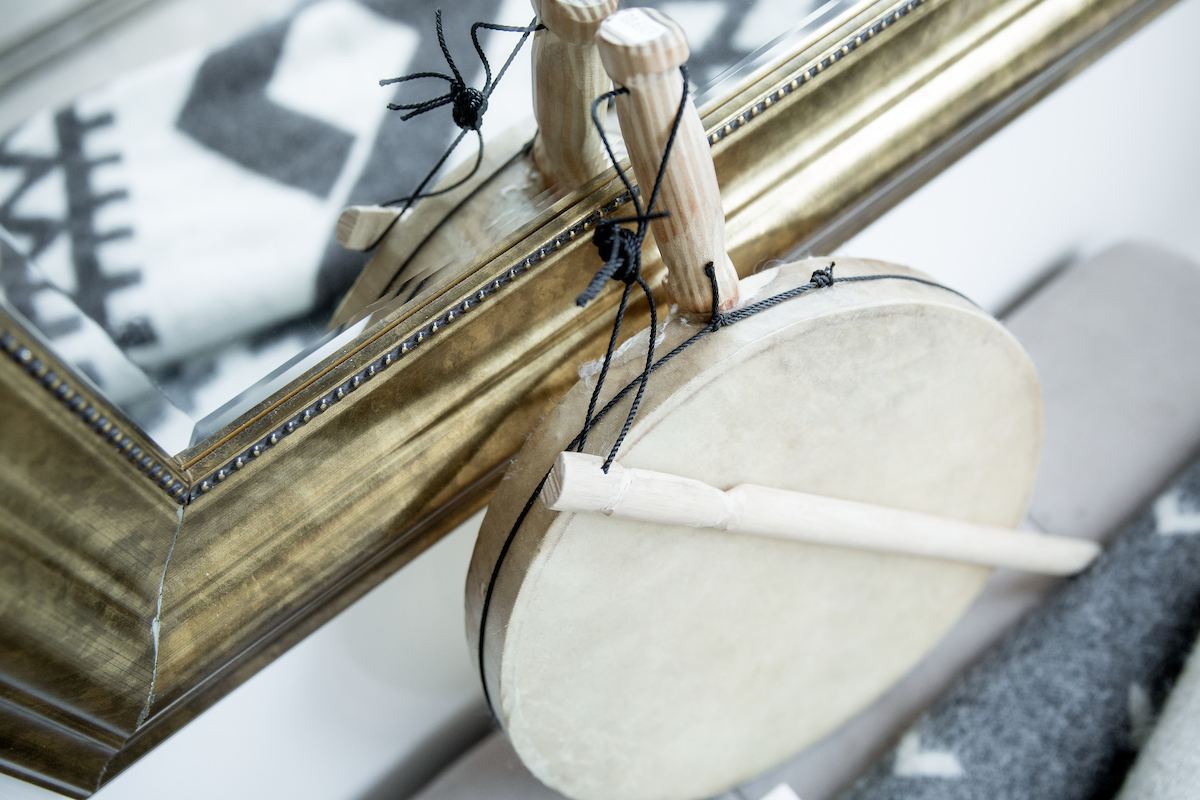
History of the Greenlandic Language

A little about Old Norse
Old Norse is the root of most of the Nordic (more specifically Old West Norse) languages spoken today. Originating from what is now Norway but spreading out across the viking settlements in northern Europe between the 9th and 13th centuries, distance and geographic isolation has yielded a fascinating variation from the original root language. In Scandinavia, we see variants in Danish, Norwegian and Swedish. What about Finnish? Finnish is an entirely different story, and remarkable in that it is more closely related to Hungarian than the Norse Languages. Due mostly to the geographical isolation of Iceland (Icelandic) and the Faroe Islands (Faroese), have arguably remained the closest to Old Norse.

Where does Greenland fit into this equation?
Greenlandic, part of the Inuit-Yupik-Unangan language group, is spoken by 57,000 people on the world’s most sparsely populated country. Greenland was named by Erik the Red, after the green valleys that he found in South Greenland when he arrived. But Greenland was long settled by a population of Inuits, known as the Thule* people, ancestors of the modern Inuit, stemming from Alaska but spreading through Northern Canada and then later to Greenland.
Greenlandic is closely related to the Inuit languages found in Alaska and Canada. In total, they span a range of 14 dialects, of which 3 exists in Greenland: Tunumiit Oraasiat in East Greenland, Kalaallisut in West Greenland (this is the dialect that represents the official language) and Avanersuarmiutut in Northern Greenland, the latter being the most closely related to Inuit languages in Alaska.
Little is known about Greenlandic before the 1600s, due in part to the oral tradition with which knowledge of the language was passed down. The first concise and complete description of Greenlandic phonology was completed by the Danish missionary Paul Egede by 1760.

One word, whole sentences
Greenland is a 'polysynthetic' language, which means that words are formed from:
Root + (1 or more) Affixes + (one or more) suffixes.
What's the Longest Word in greenlandic?
Nalunaarasuartaatilioqateeraliorfinnialikkersaatiginialikkersaatilillaranatagoorunarsuarrooq.
How Does One Pronounce that?
A Greenlandic word can be very long (as we have just seen) and can mean what corresponds to a whole (sometimes very large) sentence in other languages.
Come and hear some Greenlandic for yourself!
We hope this little history of the Greenlandic language has made you more curious about Greenlandic, and the land that it comes from. Come and meet the people and see the land behind the language. Greenland Adventures offers a range of culturally-oriented tours designed to immerse you in some of the ancient traditions of the Inuit culture.

* Thule is a word made up by the Ancient Greek Explorer and Geographer Pytheas, who explored the northern parts in quite some details, to describe and indeed name these northern territories. The account of his travels is now lost, known only through references that other authors have made to it. The word "Thule" still enjoys some usage in Iceland today.








 See what our customers have to say about us!
See what our customers have to say about us!





